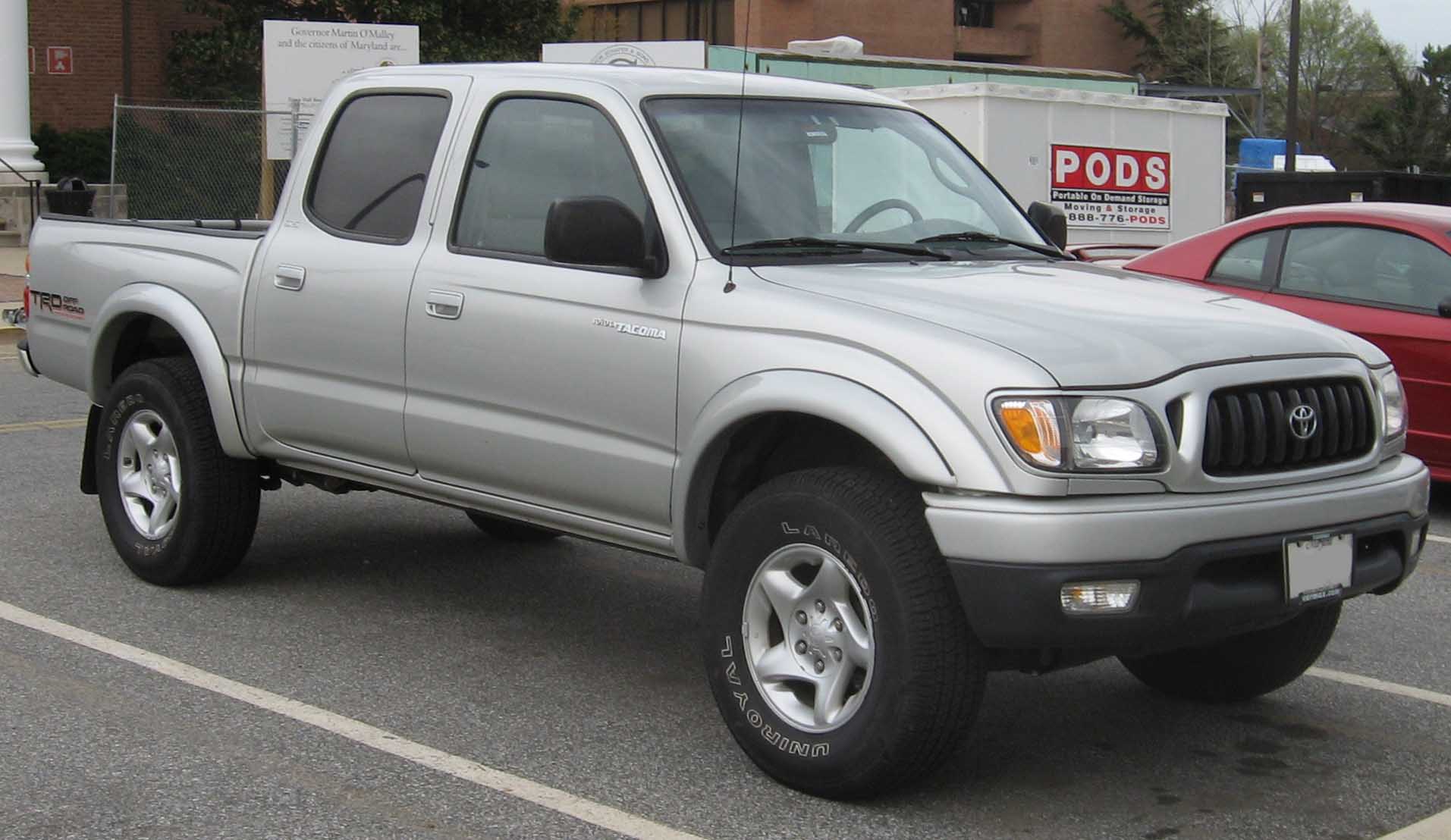Toyota began selling pickup trucks here in 1966, and Nissan began importing the 620 soon after. These new imported trucks were different from anything offered by the domestic manufacturers; apart from the reliability and durability for which their passenger cars became famous, they were significantly smaller and less expensive than the Chevy & GMC C/K or Ford F-Series. This meant they could be a second car for owners and hobbyists to do weekend projects, or an alternative to the frankly woeful compact car options of the era. We all love the VW Beetle, but a Toyota pickup might be a more attractive option than a Ford Pinto or Chevy Vega.
The popularity of these trucks during the 1970s did not go unnoticed by Detroit’s Big 3, who quickly purchased their own imported trucks to keep customers at home. The Mazda B2000 became the Ford Courier, the Isuzu Pup became the Chevy Luv, and Mopar actually had two entries in the category: a Mitsubishi-sourced minivan that became the Dodge Ram 50 and the Plymouth Arrow, and the front wheel drive car. model derived from Lee Iacocca’s K-Car platform, amusingly named Dodge Rampage.
Four-wheel drive became a popular choice in this increasingly competitive category, which may be the genesis of the “lifestyle truck.” Yes, some of these trucks were incredibly capable, but they were also cool, fun, and inexpensive, which led to them popping up in high school parking lots across the country. Toyota is the one with the bulletproof reputation, but all of these trucks were pretty reliable and also had pickup bed functionality. Extended cabin options, automatic transmissions, and more comfort options like AC made them more usable for day-to-day use, and that’s a trajectory they continue today.
The Toyota Tacoma came out for the 1995 model year, replacing a model called the Toyota Hilux around the world, but known here only as the Toyota Pickup or Toyota Truck. This was the first time the truck was designed specifically for the American market and the way we use our trucks. In other parts of the world, the Hilux is a true workhorse, but in the U.S., people who need a truck for work generally gravitate toward the full-size models that give you more room and V8 power for the our roads There are landscapers, exterminators, and other tradespeople who use compact pickup trucks, but many of the ones for sale here are primarily used as commuters that can handle weekend hobbies.
The 1995 Tacoma was still available as a value-leading 2WD truck for tradesmen or anyone else who just wanted a reliable, affordable small pickup. Thought the 4WD model would be a commuter vehicle for most buyers, it got upgrades like a coil spring front suspension, rack and pinion steering and a more powerful base engine. The last iteration of the Tacoma as a lifestyle accessory was the 1998 Tacoma PreRunner, which gave you all the upgrades and style of a 4WD truck, without the 4WD system, for a lower price and better fuel economy to customers who didn’t plan for it. to get the vehicle off the road.
The Tacoma PreRunner was named after off-road racing support vehicles that would “pre-run” the race course to look for hazards and better prepare for the event. 4WD is rarely required for this use and can sometimes be a hindrance. 4WD via independent front suspension was a fairly new idea at the time that I was tired of its durability, especially at higher speeds, and the solid front axles of older 4WD vehicles were less suitable for sustained speeds in uneven terrain due to the additional without suspension. weight
Toyota offered the PreRunner appearance package from 1998 to 2015. When the truck was redesigned for the 2016 model year, the 2WD and 4WD trucks shared a mostly similar suspension design, and the PreRunner name was discontinued , although in a sense, every 2016. and newer Tacoma 2WD could be considered a PreRunner by the above definition.
Because of the drastic changes between a standard Tacoma 2WD and a Tacoma PreRunner, there are many parts that only fit one model or the other. There are a few ways to determine if your Tacoma is a PreRunner:
-Lack of a 4WD system: A PreRunner would not have an inboard transfer case selector, front CV axles, or locked front hubs on some 1995-2000 models
-Badge: Your truck would normally have a badge on the tailgate that says PreRunner or 4×4, although it may have fallen off or been removed. Non-PreRunner 2WD trucks would have none of these
– Wheel Hubs: 4WD and PreRunner trucks use a 6-point (6×139) bolt pattern to attach to the wheels. Non-PreRunner 2WD models use 5-spline (5×114.3) hubs. This is probably the easiest thing to check if you’re not sure.
-Transmission: PreRunner models were only available with an automatic transmission. 4WD and base 2WD models were available with manual or automatic transmissions
-Front Suspension: 1995-2004 non-PreRunner (5-lug) trucks use a torsion bar front suspension design with a steering gearbox. PreRunner and 4WD trucks have front coil springs and rack and pinion steering. 2005-2015 Non-PreRunner (5-lug) trucks gained rack and pinion steering, but still use torsion bar front suspension
If you’re still not sure, feel free to do so contact with us with your vehicle’s VIN and we can try to look it up to verify which model you have and direct you to the correct replacement parts.



